How celebrity trainer Phil Catudal customizes training programs for clients
Stop me if this sounds familiar. A friend loses a bunch of weight — or puts on some muscle — following a hot new program. They insist that you just have to try it. And you do, eagerly. And after a few months of hard work, you’ve got…nothing to show for it.
What works for one person won’t necessarily work for another. That seems like it should be obvious, and yet we forget it all too easily. Plus, how do you individualize your training, anyway?
One method is to go off of your body type. People who are naturally skinny shouldn’t eat or train the same way as those who easily become overweight, or the same as someone who easily puts on muscle.
This is Phil Catudal’s preferred method. Phil is a West Hollywood-based trainer who has worked with over a dozen celebrities, as well as a variety of busy professionals. He is also the author of Just Your Type: The Ultimate Guide to Eating and Training Right for Your Body Type.
In this interview, Phil shares his story along with the methods he uses to design individualized programs for his clients.
The Interview
How did you become a trainer?
I grew up in Quebec, and I’m the youngest of four kids. All of my family was very healthy, to begin with, but then I had leukemia from age three to eight. So after I got sick, the whole family got even more serious about health. We started eating tons of fruits and vegetables, eating organic, exercising a lot, sleeping on a schedule. And after I recovered, we continued those habits, and I got seriously into weightlifting.
By the time I was fourteen, I was starting to train some of my friends on an informal basis. As soon as I turned eighteen, I got my certification and officially became a trainer. And I’ve been working in the industry ever since, in Montreal, Portland, and now in Los Angeles for the last seven years.
I’ve dabbled in other stuff, too. I got an MBA a while back and started working as a business consultant. That lasted all of three weeks, but I’m still glad I studied business and I’m still friends with people from those days. I started a supplement company and sold it a while back.
But I just keep coming back to training. It’s what I’m passionate about and it’s really what I want to do with my life.
What’s the fitness culture like in the different cities you’ve lived in?
Very different. Los Angeles, as people would probably expect, is way more aesthetics-driven. People here want to be beautiful, and the environment here certainly normalizes putting a lot of effort into your appearance. So people here exercise a lot, they eat pretty healthily with a focus on calories and macros, and they’re very into weight training.
Portland’s culture is more health-driven and less focused on aesthetics. People don’t lift as much, but instead do a lot of yoga, cycling, outdoor boot camps, hiking, and the like. They eat organic a lot, with more of a focus on vitamins and minerals vs. eating for body weight per se.
Canada is a little bit in between. Quebec, in particular, has a big bodybuilding culture — a lot of people there want to be fitness pros. And there’s an expectation that if you’re eating well and working out, you should look great and have a lot of muscle.
Of course, the free health care in Canada does help a lot. It’s not just about treating illness, but also prevention. You can see a doctor any time you want and you don’t need much of a justification, so people can and do see their doctors when they’re healthy just to talk about their health and how they can stay healthy in the future.
John’s note: I can attest that San Francisco is a lot like Portland, if a bit less granola and more about the idea that being healthy lets you be more productive or “optimize performance.” San Diego is a lot like LA, but for men at least, the focus is a bit less on being handsome and a bit more on being masculine, independent of handsomeness. Blame it on all the UFC-watching.
What are the best health-related goals to do an overall reset, in your opinion?
Definitely focus on process resolutions over outcome ones. And focus on creating as much consistency as possible in your core health habits of diet, exercise, and lifestyle.
Resolving to work out X days per week, and making that a commitment, is good. 4–5 days a week is a great starting point. Consistency and frequency trump everything. If you’re doing mostly the right thing very often, that’s way better than doing a crazy workout once in a while.
And you want to get specific about the schedule. The goals I see working best are saying 6 a.m., or 7 p.m., or whatever, I’ll be in the gym every day, rain or shine.
Another good one: eat three clean, balanced meals a day. That means whole, unprocessed foods, and a balance of carbs, protein, and fat — quantities will vary by client and time of day of course, but I don’t usually like to cut out whole food groups.
I only like stuff like ketogenic dieting or intermittent fasting for short-term sprints. Long term, I’ll manipulate macros, but nothing so extreme as cutting out whole food groups. I like whole foods-based meals, based around lean meats, fruits, veggies. And I’ll add nuts, rice, quinoa, oats, stuff like that. And, of course, lots of water.
As coaches, we see a lot of interest from clients at the beginning of the year. Overall, are you a fan of New Years’ resolutions, or do you think they become an excuse to procrastinate?
It can really go either way. As a marketable concept, it’s a good idea. In practice, it’s good for some, bad for others, and it depends on how you use it.
For some people, it becomes an excuse to put something off, since you say “I’ll save this for New Years,” especially if you have an idea for something to do around November-December. For others it motivates them to put in the time and money to really crush a goal. Sometimes both.
I know people who have made resolutions and kept them and people who have helped them. They’re a useful tool, but not magic.
You do have to go from “outcome” goals to setting process goals, like to go to the gym X days a week or eat a certain healthy breakfast every morning. Even people who are highly motivated often screw up by only setting an outcome goal without carefully and specifically defining the process and habits to get there.
You seem to travel a lot — what sorts of workouts do you do while traveling?
I’m a huge fan of TRX bands. In hotels, it can be attached to a door frame. You can do pushups, pull-ups, pullovers, flies, pistol squats using the bands to assist you, rows, dips. Almost anything you can think of.
Otherwise, I like planks, side planks, squats, pushups. That’s my standard 10–15-minute workout. A plank, a side plank on each side, 3–4 sets each of squats, pushups, or maybe burpees, with very little rest between sets. If you do this every day or every other day for a week or two while traveling, you’ll be alright when you get back home and go back to your usual routine.
When I’m traveling I’ll mostly do this, and maybe get one good gym workout in during the whole time. Obviously it would be better to stick to your usual routine, but this approach is better than thinking you’ll do that, then giving up and not working out while you travel. Better to do what you can than to overreach, give up, and do nothing.
What equipment do you travel with?
TRX bands, always. That’s about it when I travel.
For home workouts with clients, I’ll also take Liebert bars, which are a set of parallel bars you can do dips and other stuff off of. You may have seen them in the gym. They’re not heavy, but they’re just too big to travel with.
Of course, the biggest hurdle for home workouts is pulling movements like rows, pull-ups and the like, since you need something to grab onto. For those, you have to get creative. If you have a good counter space you can do inverted rows, or between chairs or couches, or under a desk. You can do shrugs or one-armed rows with a weighted bag.
Tell me about your clients. What are they looking for? And do you notice anything different about the celebrity clients?
I’ve worked with a bunch of celebrities — Steve Howie from Shameless, Van Jones from CNN, Jeremy Piven, Emily Deschanel. I haven’t noticed anything inherently different about celebrities. Some work very hard, some don’t.
I do notice if they’re driven to achieve a goal, they get there faster because they have more help. That’s a time and money thing — they can get a chef, train with me five days a week. They also usually have more to gain by succeeding, since most of them make a living off their appearance to some degree, and the incentives help them succeed.
Aside from celebrities, clients vary in how high they’re aiming and how much they’re willing to change. Overall, I’d say 60% of my clients have had very successful transformations, where they totally changed their diet and lifestyle and got super lean and stayed that way.
On the other hand, 40% just want to get into a little bit better shape, but not make a radical transformation. They don’t want to give up wine, ice cream, etc. They want to be healthy enough, and feel good about themselves, but not be seriously fit. And that’s fine, as long as you’re healthy and happy about where you’re at.
With celebrities it’s close to 100% who want to be super fit and succeed at it, that’s just the name of the game for them. Ditto for people competing in physique or bikini competitions, I work with some of those folks too.
As for who I work with, I base it on personality fit and motivation more than anything else. I work with all sorts of people if the vibe is good, but I say no to clients if they seem like they’re not willing to take responsibility for themselves.
Or, also I’ll turn someone down if they want a training modality that’s outside my expertise. I focus on weights and nutrition — not boxing, spin classes, etc.
Tell me about your book. What are these different body types and how do they affect your diet and training?
Right, so the different body types are the three that most people have probably heard of — endomorph, ectomorph, and mesomorph. The thing is, this is really a spectrum rather than three totally distinct, hard categories. And your body type doesn’t completely define you, but body types are a good jumping-off point, and they affect both diet and workouts.
One benefit of this body-typing approach is it gets people to go beyond “this worked for my friend so I’m going to do it.” It’s about getting them to understand lean mass, basal metabolic rate, muscle fiber types, all the things that cause different people to need different approaches.
Endomorphs are people who tend to be chubbier. First and foremost, they need to focus more on cutting calories and creating a sustained caloric deficit. Exercise routines should be built around consistent low-intensity steady-state cardio, 30–45 minutes every day. Typically, that means a fast-paced incline walk.
Secondarily, they want to do weights, focusing almost entirely on compound movements, building proprioception, balance, and body awareness. Endomorphs are often also clumsier, so they benefit a lot from developing their “movement skills.”
Endomorphs have to eat carefully because their low insulin sensitivity makes them vulnerable to energy crashes, especially from high-carb meals. Usually, they want to eat low-carb, high-protein, moderate-fat. Once they get leaner they can have more carbs if they stay especially active.
Mesomorphs are people who tend to be muscular. They’re versatile. They can put on muscle very easily, and their workouts should be high intensity. That means do a lot of weights and very high-intensity cardio, like tabatas or other interval sprints.
Eating is a bit easier, and usually a very even carb/fat/protein split. Mesomorphs can get away with some overeating and generally don’t need to be too strict with the diet to see results, but they still need to be sure and eat their fruits, vegetables, fiber, etc. They need to focus on micronutrients.
In fact, in general, mesomorphs need to focus on health rather than fitness, because the distinction between the two can be more pronounced for them. If you put on muscle easily, you can end up quite lean and muscular even if you’re unhealthy. So mesomorphs, if they get complacent, can be fooled into thinking they’re healthier than they are.
Ectomorphs are skinny people who have trouble gaining weight. Sometimes they’re just plain skinny, sometimes they’re skinny-fat. What they want to do is almost the opposite of endomorphs.
That means eating very high-carb, like usually 40–50% carbs, and lower fat. That means eat a lot of less-satiating, more calorically dense foods. This tends to look like old-school bodybuilding meals: tons of clean carbs like rice and potatoes, chicken, fish, beef, fruits and veggies, and healthier fats like avocados, nuts, and olive oil.
They do need to avoid using being an ectomorph as an excuse to eat junk food, though. That’s how you get stuck in skinny-fat, because you always gain fat with your muscle gains.
For workouts, ectomorphs should focus very much on weights and do very little cardio, other than maybe a little bit of interval sprinting. And vary the training as much as possible — lots of different exercises to keep the training stimulus strong, mostly compound movements since they give the most bang for the buck. I have them focus on 8–12 rep sets.
For any body type, you have to set realistic goals about appearances and strength. Abs will look different on different people; the ratio between strength and mass will vary. In my case, I weigh 202 at 6’1 and 31 years old, and I can’t get much bigger while feeling good. I wanted to be bigger, but at 220 I felt like I was lugging a fridge around with me. You’ll find a point beyond which the return on effort stops being worth it.
What’s your stance on supplements, particularly pre-workouts?
They’re just that: supplements to a healthy diet and lifestyle. I don’t take a lot. I take B vitamins, zinc, and magnesium sometimes if I’m training super hard. Fish oil is nice, but I eat a lot of fish so I don’t need it.
I used to use a lot of pre-workouts when I was in the bodybuilding world trying to chase that bodybuilder aesthetic. I loved the caffeine kick and the niacin flush from them. But results-wise, other than the creatine, the contents of the pre-workout supplements don’t help much other than making you feel jacked up and motivating you. And after a while, the caffeine addiction makes you tired all the time.
The sweet spot for caffeine, where you get the most benefits without tolerance or ruining your sleep, is about 90–150 mg a day.
I don’t take any other kind of pre-workout other than protein powder sometimes. I don’t lean heavily on protein shakes because I like to cook and eat food, personally. But I don’t use any other stimulants pre-workout.
John: Put another way, research suggests you should limit caffeine intake to 1.5 mg per day per kg of body weight, or less.
What do you do about joint pain during workouts?
Naproxen or ibuprofen help, in moderation. They shouldn’t be taken every day. Anti-inflammatories can dull the muscle-building effect of training, so there is a trade-off and you don’t want to use more than you need. I do take it on a case by case basis and watch for clients abusing it. Much like pre-workout supplements.
Focusing on proper warmup and taking a longer time to warm up help. You’ll still feel it, but it’ll be way less than if you went from 0 to 60.
Massages can help for some people. Getting enough rest is sometimes a factor too.
I avoid burnout sets or going to failure for people with joint pain. I focus on slower reps, even if that means fewer reps. Don’t do the same movement too much over and over to avoid repetitive stress injuries, but work the same muscle group with multiple exercises.
How do you think training should change as people age?
The intensity might have to lower a bit if there’s joint pain or soreness or you’re getting so exhausted it affects your life. I like to keep frequency consistent, so don’t work out less often as you age. But maybe reduce the amount of high-intensity stuff that strains your joints and do more walking and other low-intensity stuff.
All the studies I’ve read say that weight training is the best form of exercise for slowing the aging process. It prevents dementia, bone loss, low testosterone, obesity. So never stop that, but remember you’re doing it for health and you’re not a bodybuilder or powerlifter.
Diet becomes harder as you age; alcohol and drug consumption needs to go down. Anything bad will have worse effects and anything good will benefit you less as you age, so you just have to get stricter. And above all else, you need to give your body enough sleep and recovery. If the body isn’t repairing itself, you’ll both see it and feel it.
You also have to avoid the temptation of thinking you’re too far gone and there’s no point. Don’t be a defeatist about aging; it’s always worth taking care of yourself. It’s not just about living longer, but about living better as well.
Fitness Lets You Live Your Best Life
Alright, John here again. Since we ended on fitness and aging, I’d like to share a story from my own life that illustrates just why taking care of your body was so important.
In 2016 I went to Siem Reap, Cambodia, to see the Angkor Wat temple. I signed up for a day tour where a minibus would take us around to about half a dozen temples, all in the same area.
Our group consisted of around 12–15 people. Most of us didn’t even complete the whole tour.
A couple left early because they were jet-lagged. Another overweight couple got too tired from all the walking. Yet another overweight woman had to miss a few temples and had to avoid going upstairs at Angkor Wat because her knees hurt. One girl was hungover, and another guy left early to get dinner because he was “starving” after a whole three hours of not eating.
We had all spent thousands of dollars and at least a few days to get there. Only a few of us got to fully experience it.
At the end of the tour, there was a hike up to a hilltop ruin to watch the sunset. I raced one of the other people on my tour, an Australian personal trainer, up the hill.
Beyond looking good, or living longer, taking care of your body also gives you the energy, mobility, and resilience to fully experience and enjoy all of life’s adventures, like my trip to Angkor Wat.
You should think of being healthy as adding healthy years to the beginning of your life, rather than drawing out the suffering at the end of your life. And like Phil says, it’s always worth taking care of yourself, and it’s never too late for a healthier lifestyle to make a difference.
Disclosure: This article contains one or more Amazon affiliate links. These links make Better Humans a small amount of money, but more importantly, help us understand which books are popular with our readers.
Source : Medium
Related








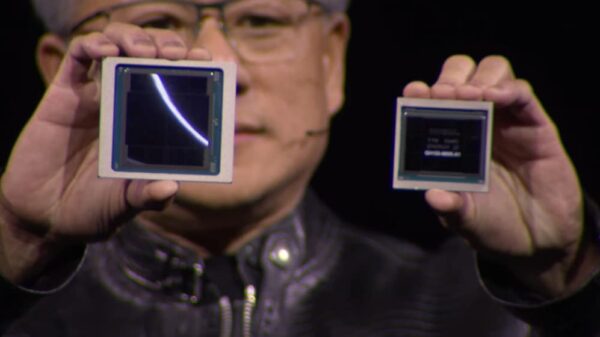



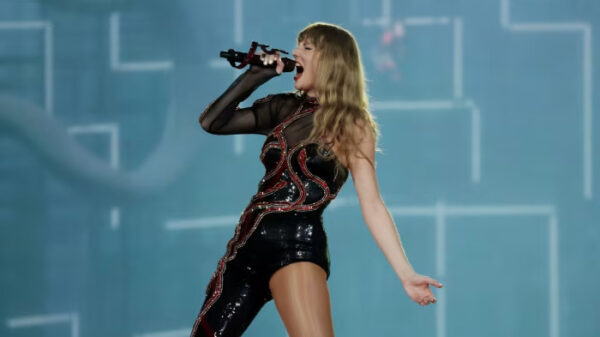
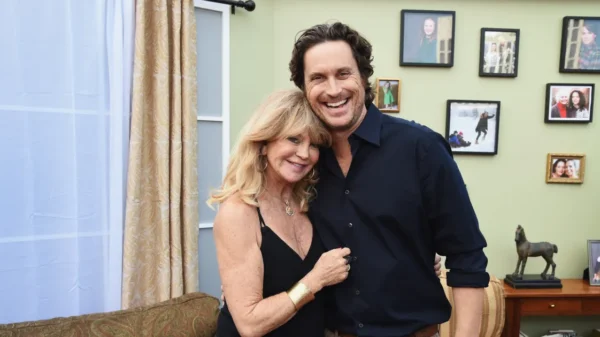






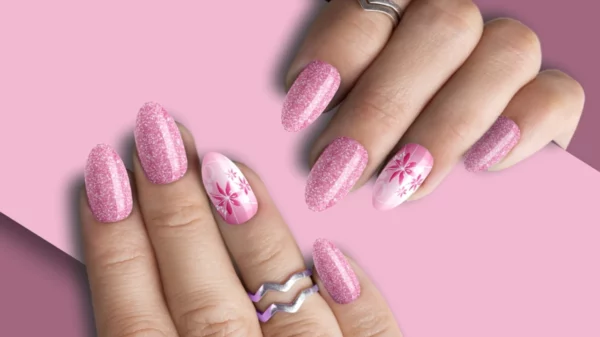





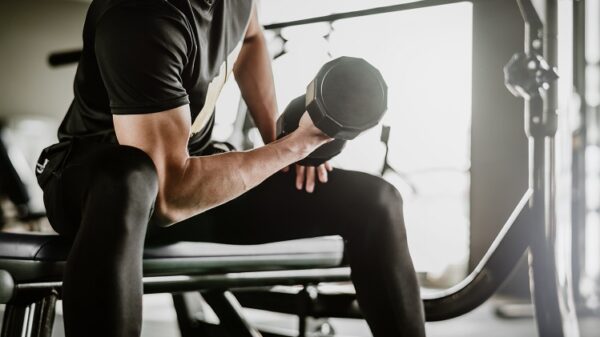

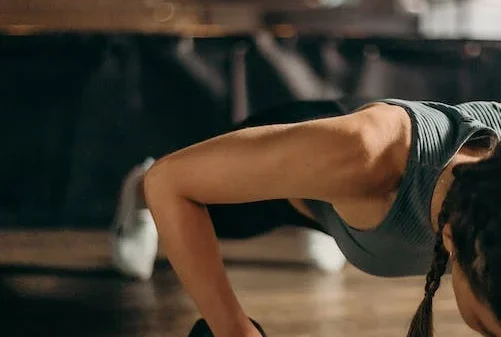
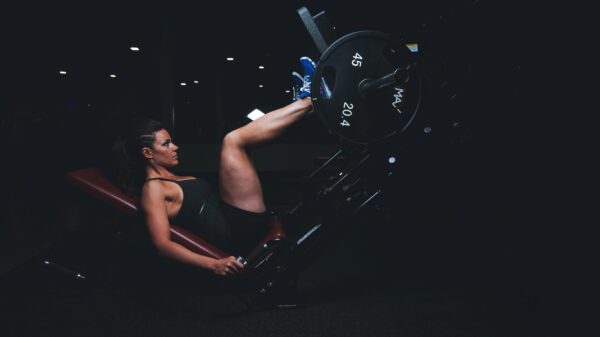
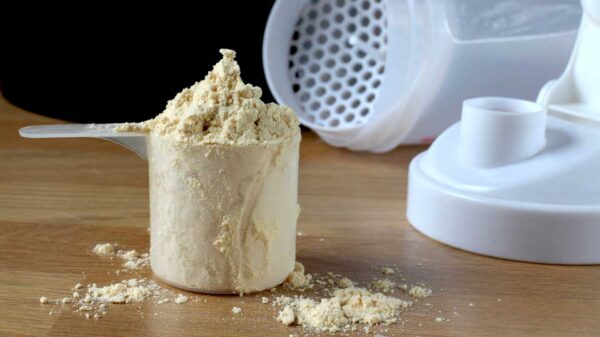
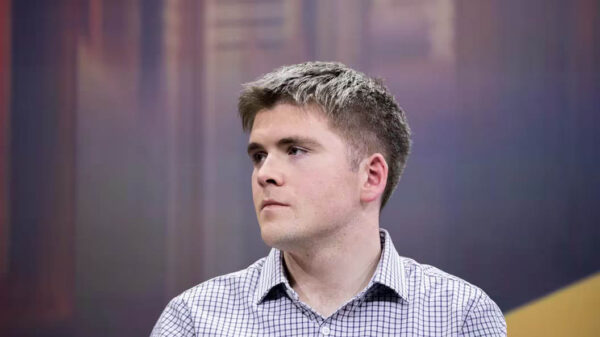






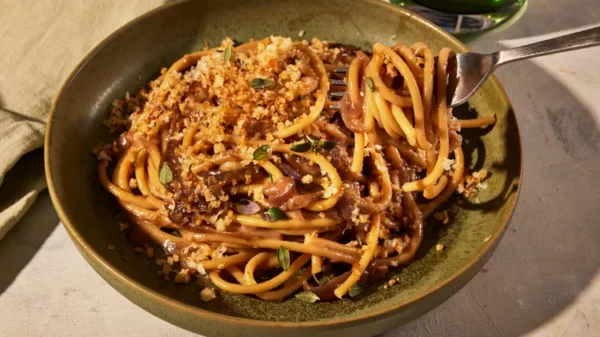




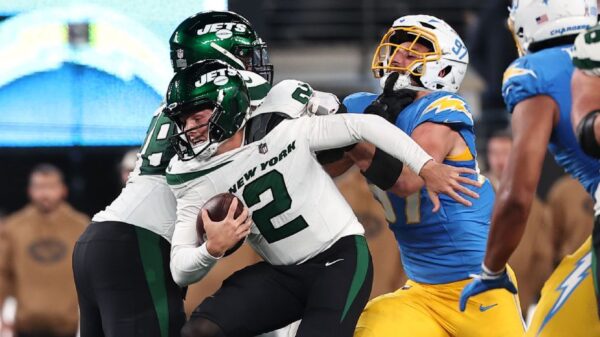











You must be logged in to post a comment Login